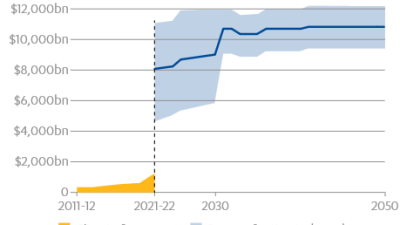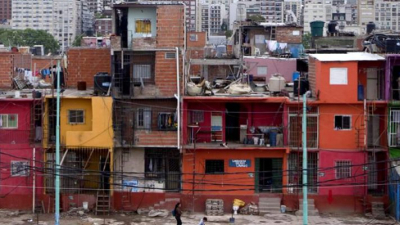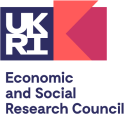The PSE poverty threshold is a measure that combines multiple deprivation and low income. This combined deprivation/low income approach was first developed for the 1999 Poverty and Social Exclusion survey and seperates out four groups: those 'in poverty', those 'rising out of poverty', those 'vulnerable to poverty' and the 'not poor'. For the PSE-UK 2012 survey this has been taken forward with additional analyses. In particular, the 2012 survey interviewed all adults in a household, as opposed to just the head of the household, allowing, for the first time, for differences in levels of deprivation within households, as well as between households, to be measured. This enables a more accurate measure of overall poverty.
These two papers, initially produced as internal working papers, set out how this PSE combined measure is constructed. The Note on the PSE 2012 poverty and deprivation measure paper provides an overview of the combined measure and its findings. In 2012, 22% of people were living in PSE poverty, 1% were 'rising' out of poverty, 10% were vulnerable to poverty and 67% were not poor. The paper then proceeds to use the 2012 PSE survey data to produce measures of poverty that replicate those in the Child Poverty Act (2010), the EU poverty and deprivation measures, the Irish Consistent Poverty measure and the Minimum Income Standards measure.
The 'Steps' paper - Producing an 'objective' poverty threshold in eight easy steps - sets out in detail how this measure is constructed from the data. It first describes the tests made to ensure the items in the deprivation index provide a reliable and valid measure of deprivation, one that can discriminate the deprived from the non-deprived and discrimate different levels of severity of deprivation. It then proceeds to set out how to identify the optimal position of a combinded income and deprivation threshold.



 PSE:UK is a major collaboration between the University of Bristol, Heriot-Watt University, The Open University, Queen's University Belfast, University of Glasgow and the University of York working with the National Centre for Social Research and the Northern Ireland Statistics and Research Agency. ESRC Grant RES-060-25-0052.
PSE:UK is a major collaboration between the University of Bristol, Heriot-Watt University, The Open University, Queen's University Belfast, University of Glasgow and the University of York working with the National Centre for Social Research and the Northern Ireland Statistics and Research Agency. ESRC Grant RES-060-25-0052.






